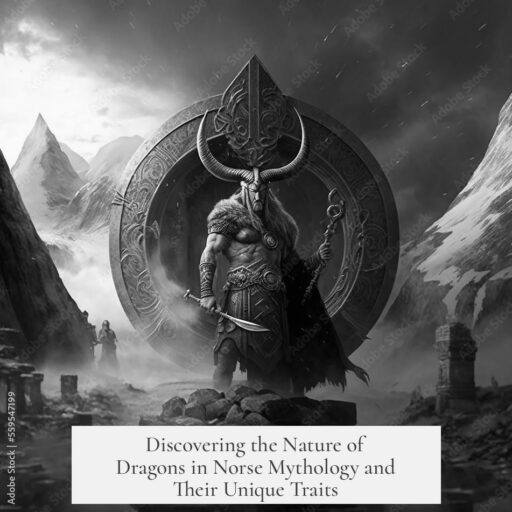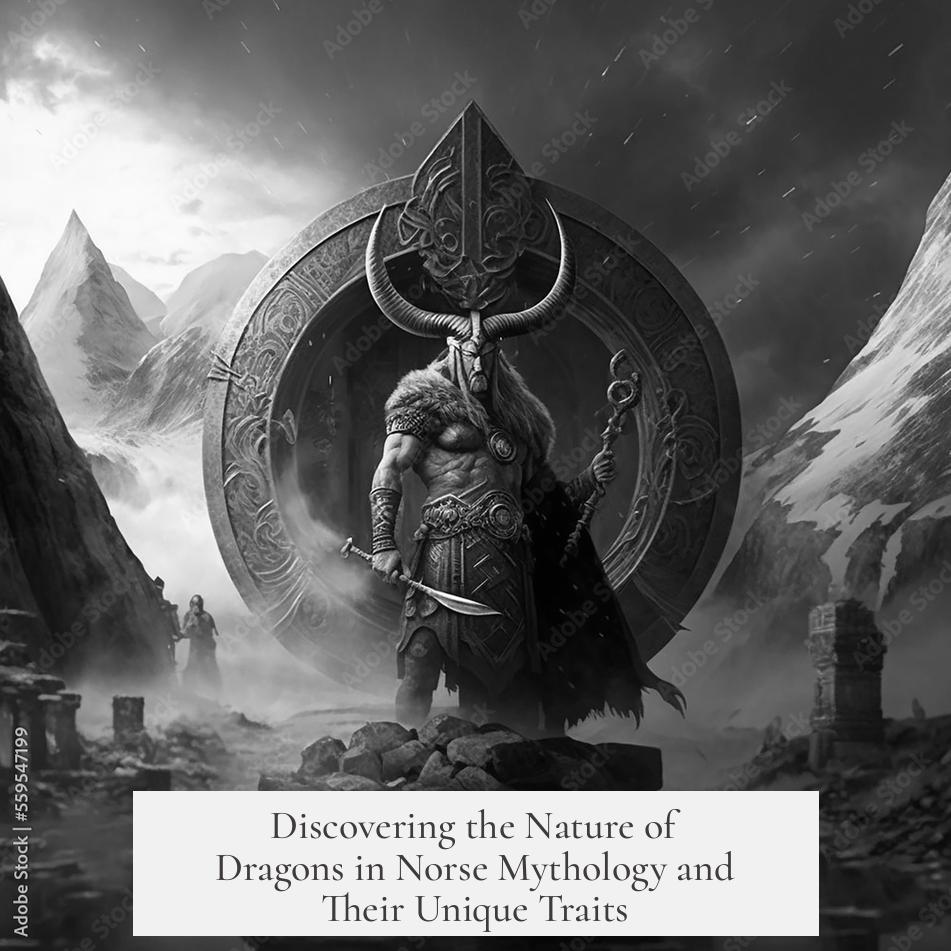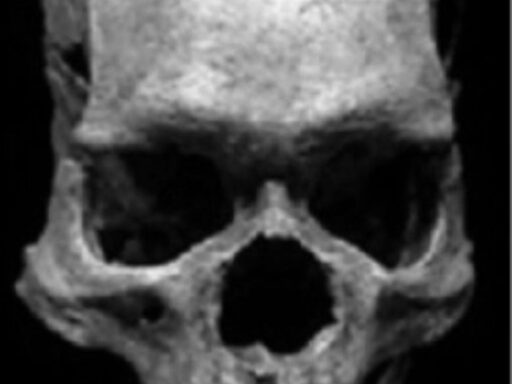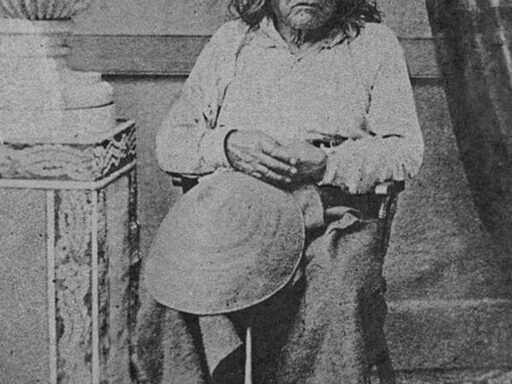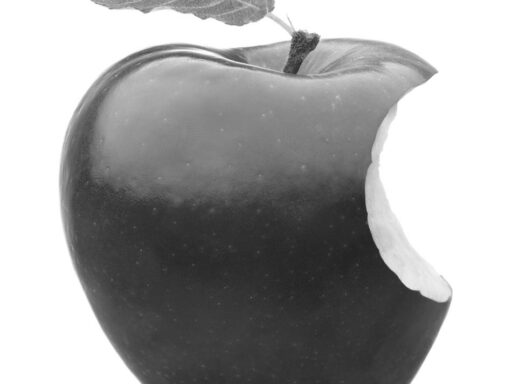Dragons in Norse myth differ significantly from the fire-breathing, winged dragons typical in modern Western culture. In Norse tales, dragons are largely serpent-like creatures called dreki, often without wings or fire breath but with potent poison or venom.
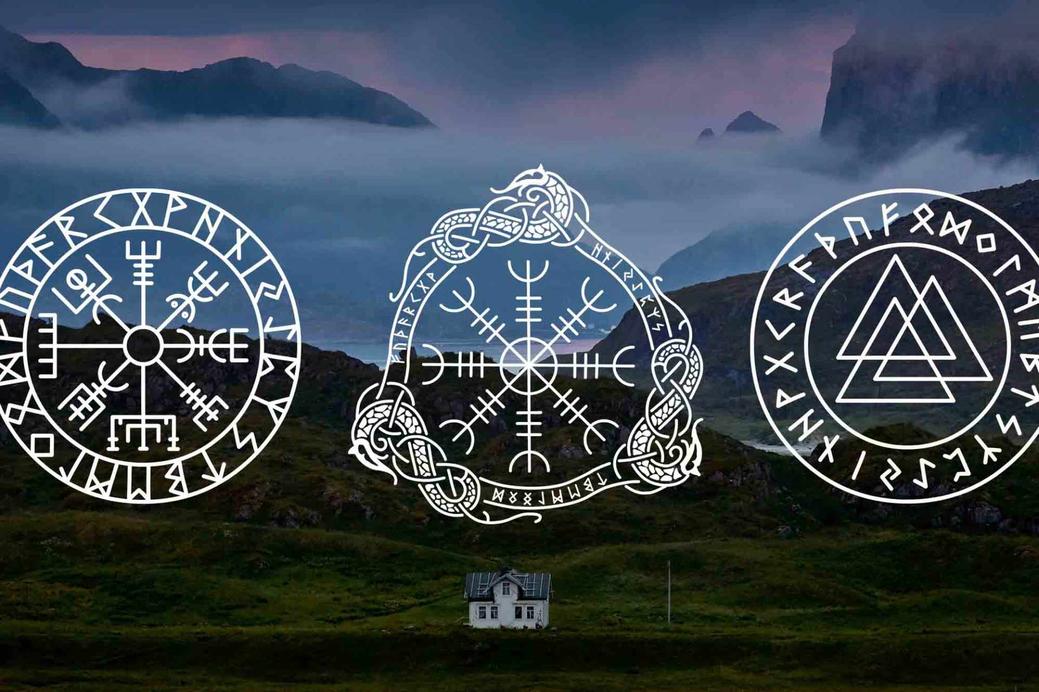
The Norse word for dragon is dreki. However, the terminology overlaps with serpents, as noted in the Skaldskaparmal from the Prose Edda. It lists various names—including Fafnir, Jormungandr, and Nidhogg—classifying them as dragons, serpents, adders, or vipers. Norse dragons are often monstrous serpents rather than classical dragons with wings and fiery breath. Sea serpents dominate the myths, depicted as huge, threatening, and venomous.
Dragons and serpents can be grouped in three major categories:
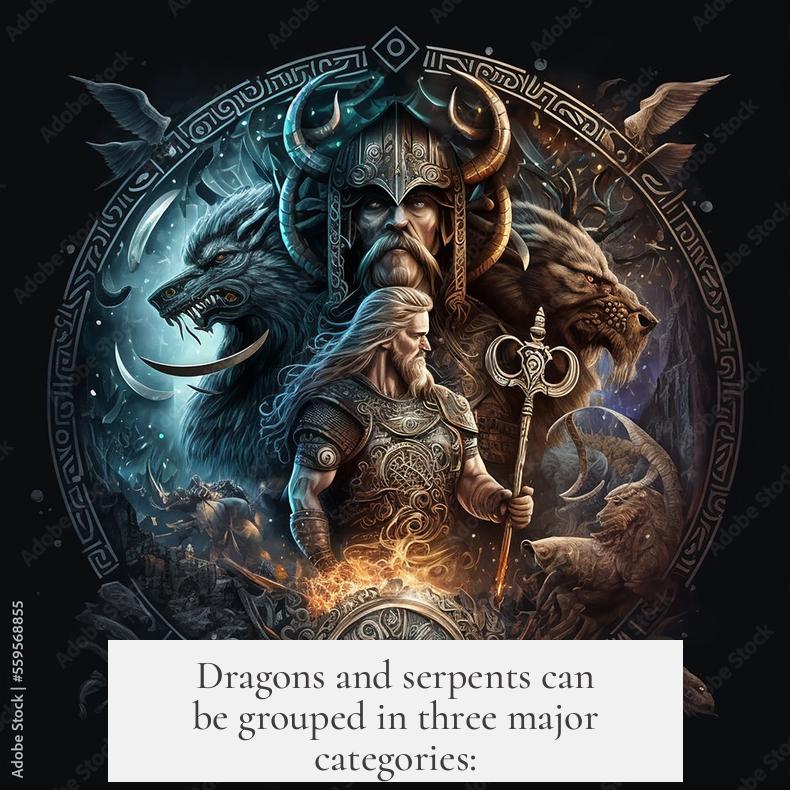
- Serpents at Yggdrasil’s roots: Names like Goin, Moin, Grafvitnir, and others denote creatures gnawing at the world tree’s roots. They symbolize destruction and decay rather than traditional dragon traits.
- Prominent dragons/serpents with narratives: Fafnir, Nidhogg, and Jormungandr stand out in Norse stories for their powerful symbolism and roles.
- General dragons/serpents in myths: Often large, dangerous, and venomous, lacking wings and fire breath but invoking terror and destruction.
Jormungandr, also called the Midgard Serpent, exemplifies Norse dragon-serpent traits. This giant sea serpent, one of Loki’s monstrous offspring, encircles Midgard, biting its own tail. Its venom is deadly, spitting poison that affects the sky and sea. Unlike modern dragons, Jormungandr never flies or breathes fire; it relies on its venom for defense and attack. During Ragnarok, Thor slays Jormungandr but dies shortly after from the poison.
Nidhogg is a somewhat more dragon-like figure. Though primarily a serpent gnawing at Yggdrasil’s roots, Nidhogg has wings and can fly, carrying corpses in its wings—a grim symbol of death and decay. This flying serpent contrasts with others by possessing wings, but it still lacks fire breath or legs mentioned in myths. Nidhogg embodies corruption, destruction, and the cycle of death in Norse cosmology.
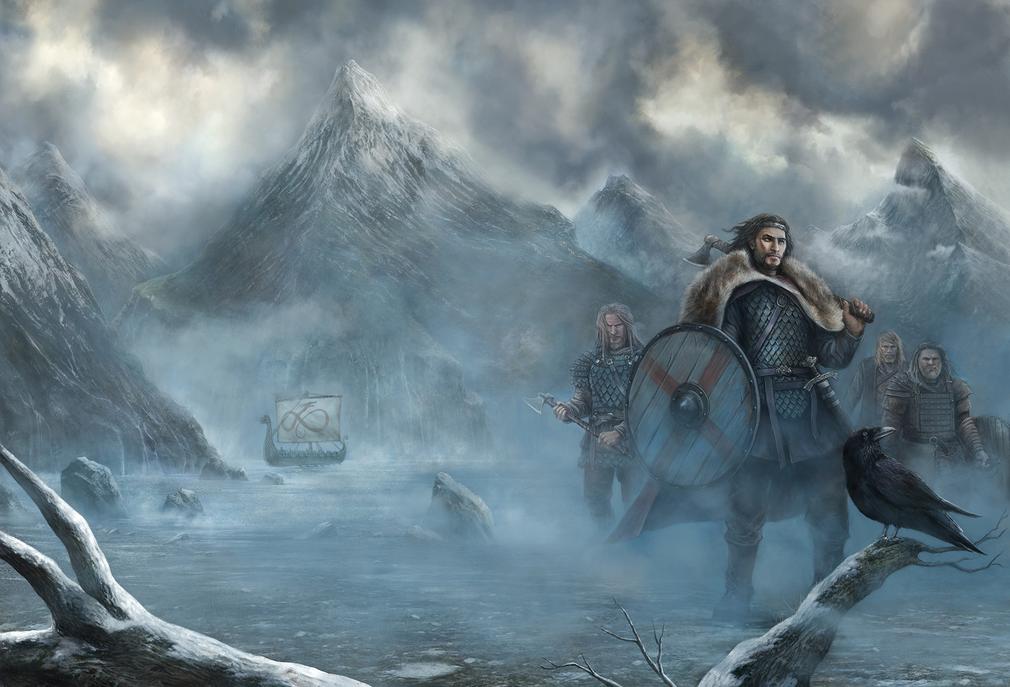
Fafnir represents the traditional dragon archetype more clearly than others. Originally a dwarf, Fafnir becomes a dragon due to greed and transforms into a fearsome guardian of treasure. He dwells near a massive cliff called Gnitaheath and causes the earth to shake when he moves. Unlike Jormungandr and Nidhogg, Fafnir has legs, as indicated by references to his shoulder, but no wings or fire breath are recorded. He breathes poison and is invincible to ordinary weapons until Sigurd kills him by stabbing underneath in a trench. Fafnir’s blood grants Sigurd the ability to understand birds, a unique magical trait linked to the dragon’s essence.
| Attribute | Jormungandr | Nidhogg | Fafnir |
|---|---|---|---|
| Form | Giant sea-serpent | Flying serpent with wings | Giant serpent/dragon with legs |
| Size | Enormous, encircles Earth | Large but unspecified | Huge; cliff-side size |
| Wings | No | Yes | No mention |
| Legs | No mention | No mention | Yes (at least two) |
| Breath | Poison spit | Not specified | Poison breath |
| Behavior | Poisonous combatant at Ragnarok | Gnaws roots, carries corpses, associated with death | Treasure guardian, ferocious |
| Special abilities | Venom poisonous to all life | Flight, death imagery | Blood grants bird-speech understanding |
Important distinctions separate Norse dragons from modern dragons. Wings and fire breath are rare or absent. Poison is the main weapon or threat. Norse texts often use “serpent” and “dragon” interchangeably, reflecting their overlapping meanings. Settings include sea, world tree roots, and treasure hoards, linking dragons to cosmic balance, death, and greed.
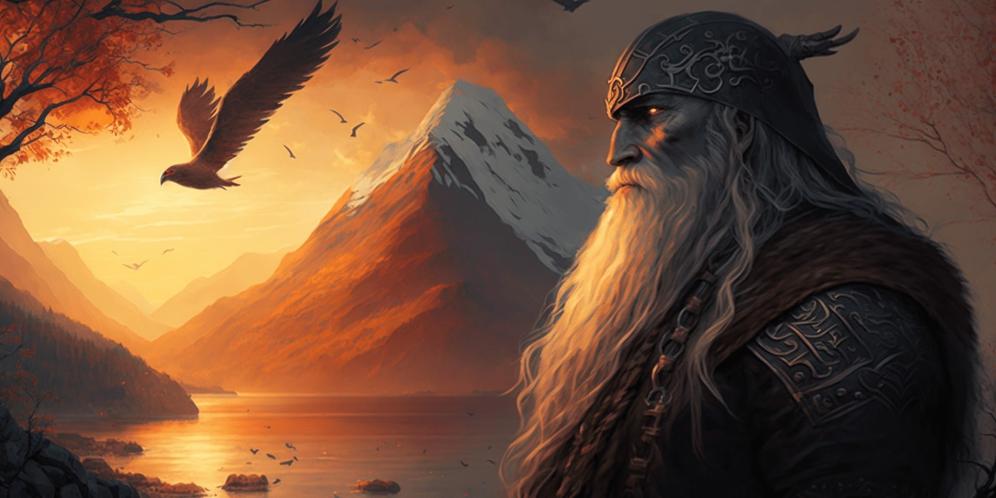
These representations come from later medieval sources like the Prose Edda, which may blend earlier beliefs with Christian and chivalric ideas. Still, the original Norse dragons emphasize serpentine forms, venomous power, and symbolic roles rather than purely monstrous physical terror.
- “Dreki” means dragon but overlaps with serpent terms in Norse myth.
- Dragons lack wings and fire breath except for Nidhogg’s flight, which is unique.
- Poison and venom, not fire, dominate their dangerous abilities.
- Jormungandr is a giant sea serpent encircling the world.
- Nidhogg is a flying serpent gnawing at Yggdrasil, linked to death.
- Fafnir is a legged dragon transformed by greed, guarding treasure.
- Norse dragons symbolize destruction, death, and greed rather than just fearsome beasts.
What Are Dragons Like in Norse Myth? Unraveling the Serpents of Yggdrasil
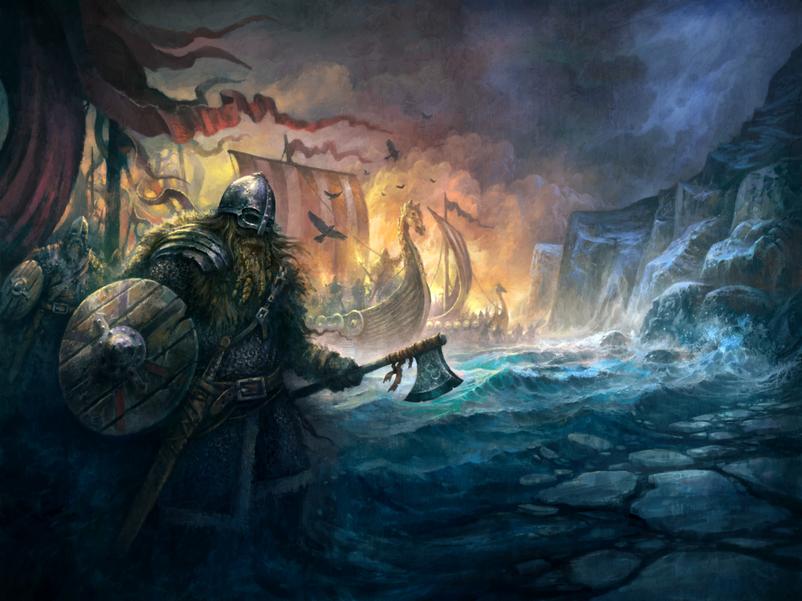
Wondering what dragons look like in Norse myth? They are not your typical fire-breathing, winged lizards. Instead, Norse dragons—or dreki—are often monstrous serpents, poisonous sea creatures, or winged beasts that differ hugely from the flashy Western dragons adored in fantasy novels.
Let’s dive into the briny depths and shadowy roots of Norse dragon lore. What makes these creatures unique? How do they behave? And why call them dreki when they seem more like giant snakes?
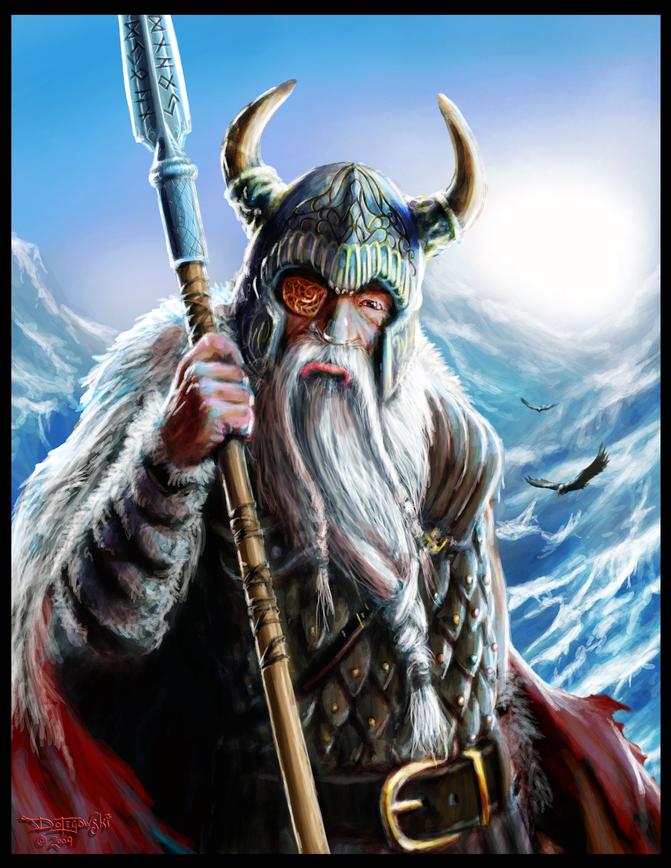
The Language of Dragons (or Serpents): Dreki vs. Snake
In Old Norse, “dragon” translates to dreki. But here’s a twist: the word isn’t reserved only for winged, fiery dragons. Norse texts often lump dragons and serpents together. Sometimes, the terms overlap so much, creatures called dragons are also called serpents or snakes.
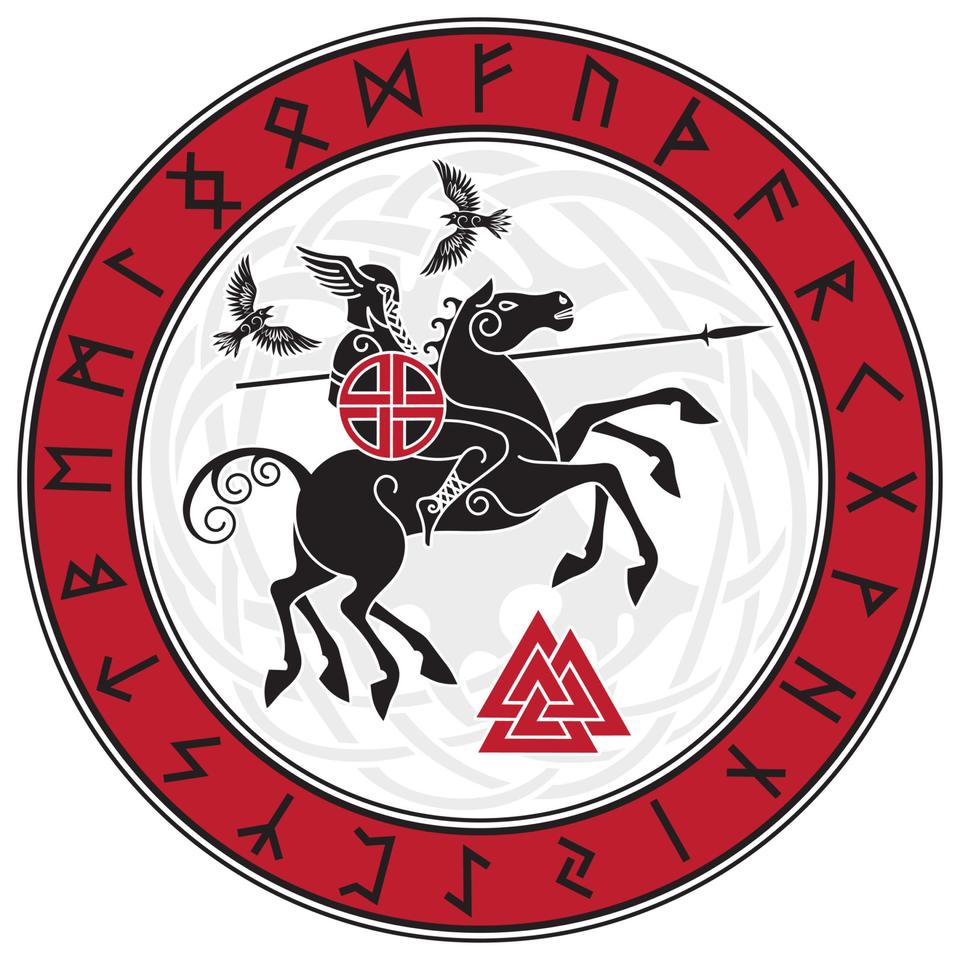
A famous Norse list from the Skaldskaparmal (Prose Edda) names various serpent-like creatures: Fafnir, Jormungand, Nidhogg, and even generic words like adder and viper. This shows Norse myths blur lines between serpents and dragons. So picture a massive sea serpent or a terrifying snake, and you’ve got a Norse dragon!
The Three Legendary Serpents of Norse Myth
Among the many serpents and dragons, three stand out:
- Jormungandr, the Midgard Serpent
- Nidhogg, the dark winged dragon
- Fafnir, the treasure-guarding dragon
Each has a distinct story, form, and role in Norse legend.
Jormungandr: The World’s Serpent
Jormungandr, also called Miðgarðsormr, is a gigantic sea serpent encircling the Earth, holding its own tail in its mouth. Imagine a snake so long that it wraps around the whole planet! This creature comes from Loki’s monstrous brood, siblings to Fenrir and Hel.
This serpent doesn’t have wings or legs, and it doesn’t breathe fire. Instead, it spits **venom**—so potent it “bespatters the sky and sea.” During Ragnarok—the Norse apocalypse—Thor battles Jormungandr, slays it, but dies soon after from its venom. Toxic and terrifying, Jormungandr embodies the destructive, oceanic serpent archetype rather than a fire-breathing dragon. Have you ever imagined a snake big enough to wrap around Earth? Norse myth does just that.
Nidhogg: The Flying Dark Serpent
Now, meet Nidhogg—where we find the first Norse serpent that’s actually noted to fly. Called the “dark dragon flying,” Nidhogg gnaws on the roots of Yggdrasil, the World Tree. It even carries corpses in its wings over the plains, linking it to death and decay.
This winged serpent stands apart from Jormungandr. We get wings here but still no legs or fire breath. Nidhogg is a bane of the tree of life itself, representing destruction lurking beneath the world’s surface—and above, in the skies.
Fafnir: From Greedy Dwarf to Dragon
Fafnir starts life as a dwarf who murders his own father for gold. Over time, greed turns him into a dragon—or “most evil serpent,” guarding his treasure hoard on Gnitaheath, near an imposing cliff. Unlike Jormungandr or Nidhogg, Fafnir has *legs* (mention of a “left shoulder” hints at at least two legs). This creature shakes the earth when shifting and defends himself with poisonous breath.
Here’s a Norse twist on classic dragon lore: Fafnir fits the treasure-hoarding, deadly dragon mold but still lacks wings and fire breath. When the hero Sigurd slays him, the dragon’s blood grants the ability to understand bird speech—the ultimate bird whisperer’s power!
How Do Norse Dragons Differ from Modern Western Dragons?
Let’s clear the smoke from misconceptions. Norse dragons don’t typically breathe fire or sport huge wings and fiery breath. Instead:
- They are more often described as serpents or giant snakes.
- Poison is their deadly weapon, not fire.
- They roam seas, earth, and sky—some fly, some gnaw at roots beneath sacred trees, others guard treasures.
The dragons are diverse: from Jormungandr’s titanic sea-serpent form to Nidhogg’s winged flight to Fafnir’s legged, treasure hoarding guise.
| Attribute | Jormungandr | Nidhogg | Fafnir |
|---|---|---|---|
| Form | Giant sea-serpent | Flying serpent with wings | Giant serpent/dragon with legs |
| Size | Enormous; encircles Earth | Large but unspecified | Huge; cliff-side dwelling |
| Wings | No | Yes | Unmentioned |
| Legs | No | No | Yes (at least two) |
| Harmful Breath | Poisonous venom | Unclear | Poison |
| Role | World-threatening serpent | Destroyer of Yggdrasil roots | Treasure guardian |
| Unique Traits | Wraps Earth, venomous spit | Carries corpses, flies | Blood grants understanding of birds |
Why Should You Care About These Norse Dragons?
Because they break the mold! Norse dragons are less about flame and flight and more about chaos, death, greed, and nature’s terrifying power. They reflect ancient fears—the ocean’s vastness, the decay of the world tree, and the curse of greed. Unlike modern dragons, these creatures are enigmatic, sometimes monstrous serpents embodying primal forces.
They show us how mythology evolves. Our modern idea of dragons—winged, fiery, majestic—isn’t universal. Some dragons started as monstrous snakes, gnawing roots or encircling worlds, rather than flying knights of legend.
Final Thoughts: A Different Dragon Roars in Norse Myth
So, next time someone asks, “What are dragons like in Norse myth?” you can confidently say: they’re enormous serpents, often wingless and fireless, who breathe poison instead. They crawl beneath the roots of the world, swim the oceans surrounding Midgard, or fight heroes for treasure on the edge of cliffs.
They also symbolize themes crucial to Norse culture—death, fate, greed, and the natural cycles of decay. Not your typical dragon tales, but they pack a punch richer than dragonfire.
Want to get a little closer to Viking-era mysteries? Read the Prose Edda or Voluspa, where these serpents slither across ancient verses. They don’t roar flames but spit poison—equally fearsome in the right hands.
What is the difference between Norse dragons and modern Western dragons?
Norse dragons, or dreki, are often large serpents without wings or fire breath. They commonly use poison as a weapon. Unlike Western dragons, they are not always winged or fire-breathing but can be sea-serpents or legged creatures.
Which Norse dragons have wings or can fly?
Nidhogg is the only Norse dragon described with wings and the ability to fly. It carries corpses and gnaws at the roots of Yggdrasil. Other dragons like Fafnir and Jormungandr lack wings in their descriptions.
How does Fafnir differ from other Norse dragons?
Fafnir was once a dwarf who turned into a dragon to guard treasure. Unlike others, he has legs and breathes poison. He is often called a classic dragon because he guards gold and lives on land near cliffs.
What role does Jormungandr play in Norse mythology?
Jormungandr, the Midgard Serpent, is a giant sea-serpent that circles the earth. It fights Thor during Ragnarok. It uses poison rather than fire and is one of Loki’s monstrous children.
Are Norse dragons always dangerous or evil?
Norse dragons are mostly dangerous and destructive, like Nidhogg who gnaws Yggdrasil’s roots or Fafnir guarding gold. Their traits often align with death, poison, or decay, showing a threatening side in myths.
